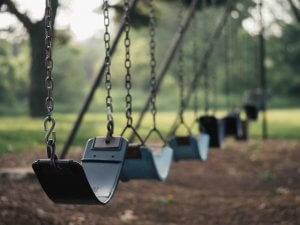The Role of Released Time Programs
January 26th, 2018

Released time refers to programs in which students voluntarily receive religious education during the course of the school year.
An increasing number of schools throughout the United States have begun to offer released time programs. Released time refers to programs in which students voluntarily receive religious education during the course of the school year. These programs are almost always required to occur outside of school buildings and are limited to how many hours per school year they can be offered. Students are also often required to obtain parental approval and to make up any missed work.
Criticism of the Program
Various civil liberties groups including the American Civil Liberties Union have expressed concerns about time released programs. The programs almost always constitute one of two types. Some schools use their own resources to promote the program, which sometimes means that students who choose not to participate receive less than adequate instruction. Other schools offer neutral programs, which are much less problematic.
Applicable Law
In accordance with case law in McCollum v. Board of Education, public schools are permitted to release students during school hours so that they may participate in private religious activities with parental consent. In doing so, courts have articulated that schools are not permitted to supervise religious teaching. Provided that classes stay within these structures, the Supreme Court found in Zorach v. Clauson that release time programs are permissible provided that the session is held at a private facility.
As a result of these laws, religious organizations are not permitted to use public school facilities to hold released time programs. The rationale for this prohibition is that letting released time programs occur at these locations would create the false impression that the school supports the program. There is currently an unresolved issue as to whether a public school is permitted to accept credits or grades from released time programs that follow all of the other applicable regulations.
The Qualities of a Sample Released Time Program
One released time program is offered by Joy El Ministries, which includes 27 school districts in nine counties. These programs are offered to students in grades 3 to 8. The program was founded in 1938, at which point Bibles were still allowed in classroom throughout the United States. Many of the students who attend the Joy El program engage in three elements – listening, singing, and teaching. The Joy El program does not use the resources of the schools where the program is offered.
Implementation of the Program by Other States
The legal framework through which released programs are viewed is the result of several complicated court cases. There are currently 15 states that offer released time programs. It is important to note that these programs are not just limited to the Christian faith.
The future of time released programs remains uncertain. These classes represent just the latest conflict between religious practice and education. By reading the Universal Life Church’s blog, you can remain updated about the various developments in this area. While these issues can be complicated, our blog strives to explain them well.
(image courtesy of Aaron Burden)


